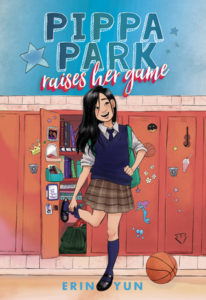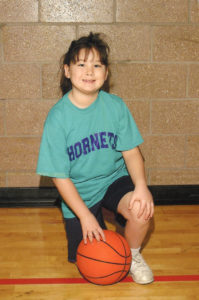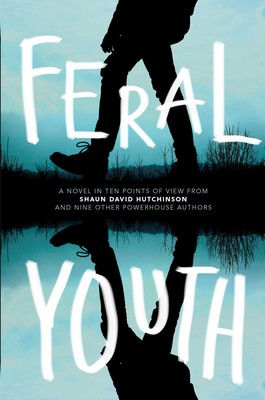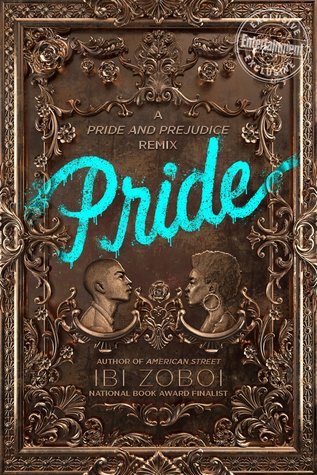“Something Old, Something New: Five Classics Reimagined as Middle-Grade Books”
There’s something utterly compelling about reimaginings. It’s like meeting up with an old friend many years down the road—the familiar elements of the original are comforting even as the fresh twists and changes bring delight. When I was a kid, I used to go through phases where I was obsessed with certain books for months at a time, so finding reimagined stories were a perfect way for me to explore a single novel with endless iterations. Plus, retellings help introduce young readers to books they’ll likely encounter in high school. So, whether you’re looking for a new way to relive a favorite novel, trying to spark a kid’s interest in a book for later down the road, or simply seeking an amazing story, look no further than these five reimagined middle-grade books based on classic literature.
Midsummer’s Mayhem by Rajani LaRocca
Mimi comes from a big Indian American family and is used to feeling overshadowed by her talented older siblings. So, when a newly opened bakery hosts a baking competition, Mimi enters, determined to prove herself. Soon, her dad is consuming everything in sight, boys are obsessing over her older sister, and wild boars are popping up in the forests of Massachusetts. Full of both literal and figurative charm, this retelling of Shakespeare’s A Midsummer Night’s Dream is simply delicious . . . and had my mouth watering the entire time.
The Great Shelby Holmes by Elizabeth Eulberg
There is no shortage of Sherlock Holmes adaptions that exist—and for a good reason. There’s something so intriguing about the aloof detective with almost unbelievable powers of observation. In Eulberg’s take, Shelby Holmes might be able to solve any case in Harlem, but learning how to make a friend is one challenge that eludes the tiny sleuth. Told from the perspective of her new neighbor, John Watson, this book features a case of dognapping and is a cute, fun addition to the world of Sherlock Holmes-inspired works.
Grump by Liesl Shurtliff
Whether or not you’re a fan of Snow White, you’re bound to enjoy the story of Borlen, a grumpy dwarf who dreams of living above ground. Readers will find themselves sympathetic toward Borlen even when he makes mistakes—such as entangling himself with the deceptively sweet Queen Elfrieda Veronika Ingrid Lenore (if only Borlen had noticed the acronym . . .). Plus, those who aren’t Snow White’s biggest fans will be delighted to find this Snow White is full of personality—a little bit bratty, but plenty charming, with the ability to make even a nickname like “Grump” sound endearing.
More to the Story by Hena Khan
Seventh grader Jameela Mirza aspires to be an award-winning journalist, so when she’s made features editor of her school newspaper, she’s delighted—despite clashing with the editor-in-chief, who continually strikes down her ideas. Even as Jameela struggles to make an article her Baba will be proud of, she must deal with his absence overseas and with her younger sister’s sudden illness. Inspired by Little Women and featuring a Pakistani American Muslim family living in modern-day Georgia, this heartfelt book shines due to Jameela’s realistic relationships (whether they be with her friends or family).
The Inquisitor’s Tale by Adam Gidwitz
Drawing parallels to The Canterbury Tales, The Inquisitor’s Tale begins in the year 1242 in a packed French inn, where, with the help of various patrons, we hear the story of three miraculous children: Jeanne, a peasant who receives visions; William, a monk with unnatural strength; and Jacob, a Jewish boy with healing powers. Gidwitz’s writing is filled with flecks of humor, and readers will delight in zany adventures (like curing a farting dragon) even as more serious stakes keep them flipping pages. Plus, the aesthetic of the book is just as rewarding as the prose—with beautifully stylized chapter openers, unique border art, and black-and-white images scattered throughout.
Published February 4th, 2020 by Fabled Films Press
About the Book:Readers will cheer on Korean American Pippa Park in this compelling middle grade reimagining of Great Expectations. Navigating friendships and cyberbullying at a new school, Pippa reinvents herself and discovers who she really is.
Life is full of great expectations for Korean American Pippa Park. It seems like everyone, from her family to the other kids at school, has a plan for how her life should look. So when Pippa gets a mysterious basketball scholarship to Lakeview Private, she jumps at the chance to reinvent herself by following the “Rules of Cool.”
At Lakeview, Pippa juggles old and new friends, an unrequited crush, and the pressure to perform academically and athletically while keeping her past and her family’s laundromat a secret from her elite new classmates. But when Pippa begins to receive a string of hateful, anonymous messages via social media, her carefully built persona is threatened.
As things begin to spiral out of control, Pippa discovers the real reason she was admitted to Lakeview and wonders if she can keep her old and new lives separate, or if she should even try.
Bonus Content: Discussion Questions, Author Q&A, and Korean Language Glossary and Pronunciation Guide
“Pippa is a magnetic heroine, funny and good-hearted.”―Booklist
About the Author:Debut author Erin Yun grew up in Frisco, Texas. She received her BFA in English from New York University and served as president of its policy debate team. This experience came in handy for her job as the debate consultant for the Tony-nominated Best Play on Broadway—What the Constitution Means to Me. Erin is a member of the Society of Children’s Book Writers and Illustrators and has written reviews and articles for BookBrowse. She currently lives in New York City, and yes—she used to play basketball as a middle grader!
Connect with Fabled Films Press and Pippa Park:
www.fabledfilms.com | www.pippapark.com
Twitter: @fabled_films | Author on Twitter: @ErinMYun
Facebook: @Fabled.Films.Press | Instagram: @fabled.films
Language Arts Educators Guide: https://pippapark.com/
Giveaway!
Thank you, Erin, for sharing these fun retellings and introducing us to Pippa!










